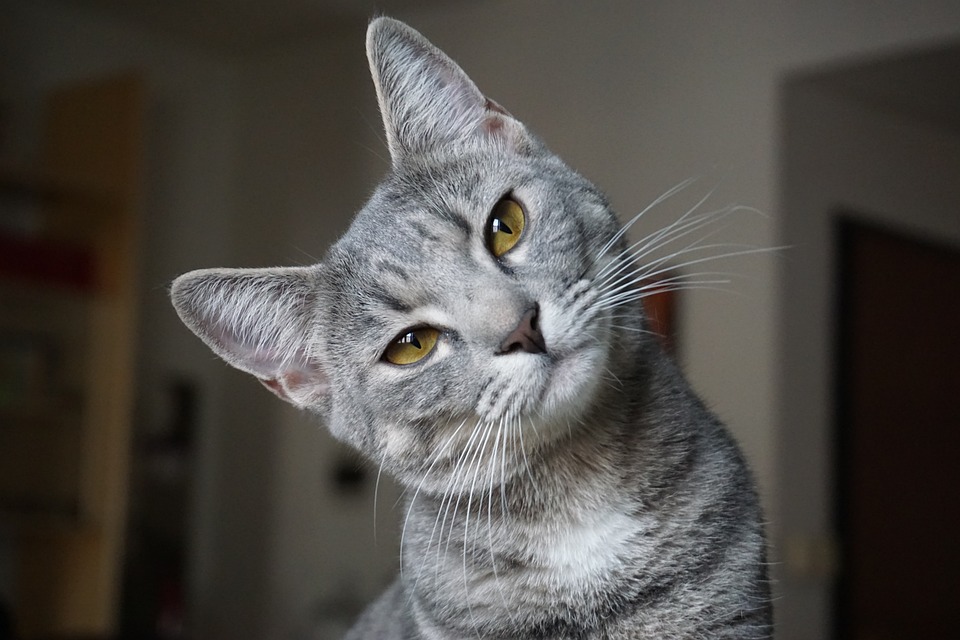Cats are not just adorable companions; they are also highly sensitive creatures who can experience stress and anxiety. Just like humans, cats need an outlet to release their pent-up energy and alleviate stress. Playtime serves as a crucial tool in cat stress management, offering numerous physical and mental health benefits.
Physical exercise is one of the key reasons why play is important for cats. Regular play promotes overall fitness and weight management, improves cardiovascular health, and enhances muscle tone and flexibility. By engaging in play, cats can maintain a healthy weight and reduce the risk of obesity-related health issues.
In addition to physical exercise, play provides mental stimulation for cats. Keeping their brain active and engaged is essential for their overall well-being. Play prevents boredom and destructive behavior by offering an outlet for their energy. It also stimulates problem-solving skills, keeping their minds sharp and engaged.
Play also plays a significant role in reducing cat stress. It helps cats release pent-up energy and frustration, reducing restlessness and hyperactivity. By engaging in play, cats can enter a calmer and more relaxed state, promoting a sense of well-being.
Moreover, play stimulates the production of endorphins, often referred to as the “feel-good” hormones. These hormones help reduce stress and anxiety in cats, promoting a positive emotional state. Play also diverts their attention from stress triggers, allowing them to focus on the fun and enjoyable activity at hand.
Additionally, play provides a healthy outlet for anxiety and aggression in cats. By redirecting their energy towards play, cats can release their built-up tension in a safe and appropriate manner. This can help reduce aggressive behavior and prevent destructive actions in the home.
There are several types of play that are beneficial for cats. Interactive play involves engaging in play sessions with your cat using toys like feathers, laser pointers, or interactive puzzles. This type of play mimics their natural hunting instincts, encouraging them to chase, pounce, and stalk their “prey.”
Solo play is also important for cats, as it allows them to play independently. Providing a variety of toys such as catnip toys, balls, or puzzle feeders can keep them entertained when you’re not available for interactive play. It is important to rotate toys regularly to maintain their interest and prevent boredom.
Environmental enrichment is another form of play that cats can benefit from. Creating an enriched environment with scratching posts, climbing trees, and hiding spots allows cats to explore and engage with their surroundings. Vertical spaces like shelves or cat trees provide opportunities for cats to observe their environment from different angles.
Here are some frequently asked questions about play in cat stress management:
1. How often should I play with my cat?
Aim for at least two 15-minute play sessions per day to keep your cat mentally and physically stimulated.
2. My cat seems uninterested in toys. What can I do?
Experiment with different types of toys to find what captures your cat’s interest, such as toys that mimic prey movements or toys infused with catnip.
3. Can playtime help with my cat’s aggression issues?
Yes, play can redirect aggressive behavior and provide an appropriate outlet for their energy. Always consult with a veterinarian or animal behaviorist for individualized advice.
4. Are there any specific toys I should avoid?
Avoid toys with small parts that can be swallowed or easily breakable toys that can pose a choking hazard. Opt for sturdy, cat-safe toys.
5. My cat is older and less playful. Should I still encourage playtime?
Absolutely! Adjust the intensity and duration of play to match your cat’s age and health. Gentle interactive play and puzzle toys can still provide mental stimulation.
In conclusion, playtime is a vital component of cat stress management. By engaging in regular play sessions, you can help your cat release energy, reduce stress, and maintain overall well-being. Remember to provide a variety of toys and create an enriched environment to keep your feline friend entertained and content. If you have any concerns about your cat’s behavior or stress levels, consult with a veterinarian for personalized advice.








